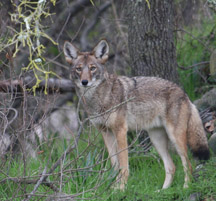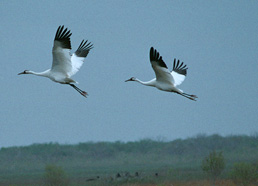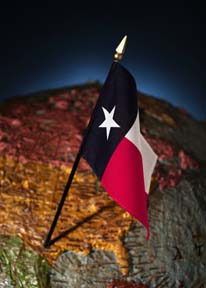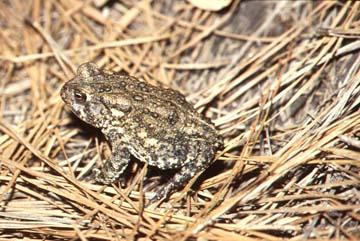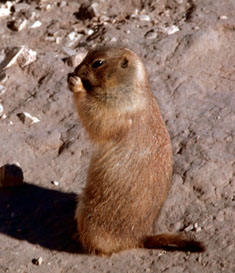 Oregon vesper sparrow and Mazama pocket gopher; mountain plover, burrowing owl and McCown’s longspur; the palila, a rapidly-declining Hawaiian honeycreeper; Karner blue butterfly, grasshopper sparrow, Henslow’s sparrow, and northern harrier; and white-tailed, Gunnison’s, Utah, and black-tailed prairie dogs are among the non-game species to benefit from this round of the US Fish and Wildlife Service’s State Wildlife Grants.
Oregon vesper sparrow and Mazama pocket gopher; mountain plover, burrowing owl and McCown’s longspur; the palila, a rapidly-declining Hawaiian honeycreeper; Karner blue butterfly, grasshopper sparrow, Henslow’s sparrow, and northern harrier; and white-tailed, Gunnison’s, Utah, and black-tailed prairie dogs are among the non-game species to benefit from this round of the US Fish and Wildlife Service’s State Wildlife Grants.
The competitive federal grants focus on large-scale, cooperative conservation projects for Species of Greatest Conservation Need (SGCN) that are included in State Comprehensive Wildlife Conservation Plans (also known as State Wildlife Action Plans — what would government be without changing terminology?).
Seven projects will take place in 12 states: Washington (2), Oregon, Idaho, Nebraska, Colorado, Hawaii, Michigan, Alabama, Arizona, Montana, Texas, Wyoming (and also British Columbia, Canada).
Read about the projects in the USFWS press release, here. Don’t bother to follow the link in the press release for more information about individual projects. It takes you to information about the grants that hasn’t been updated in years.
Photo: Black-tailed prairie dog, by Gary M. Stolz, courtesy US Fish and Wildlife Service

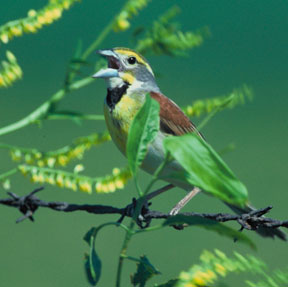 There are more dickcissels (Spiza americana) on grasslands restored with native grasses and they nest more frequently than on grasslands with exotic grasses, a study reported in the most recent issue of
There are more dickcissels (Spiza americana) on grasslands restored with native grasses and they nest more frequently than on grasslands with exotic grasses, a study reported in the most recent issue of 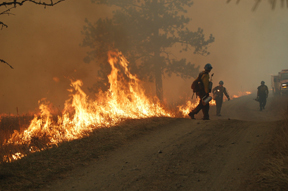
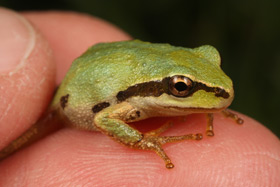 Things have actually been pretty quiet over the past month when it comes to wildlife diseases. The big news, of course, is
Things have actually been pretty quiet over the past month when it comes to wildlife diseases. The big news, of course, is 